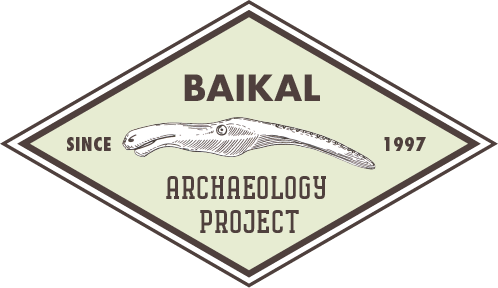Congratulations to Alyssa White and co-authors on the recent publication of their article in Archaeological Research in Asia!
Title: Turning eastward: New radiocarbon and stable isotopic data for Middle Holocene hunter-gatherers from Fofanovo, Trans-Baikal, Siberia
Authors: White JA, Schulting RJ, Hommel P, Moiseyev V, Khartanovich V, Bronk Ramsey C, Weber AW
Abstract: A considerable amount of bioarchaeological research – including AMS 14C dating and stable carbon and nitrogen isotope analyses (δ13C and δ15N) – has been undertaken on the hunter-gatherers from the area west of Lake Baikal, known as Cis-Baikal. No such work has previously been reported for the east side of the lake, Trans-Baikal. Here, we present new radiocarbon dates and isotopic results for twenty individuals from the Fofanovo cemetery, located along the Selenga River on the southeast coast of Lake Baikal.
Once corrected for an old carbon effect using regression equations developed for Cis-Baikal, the radiocarbon results form 4 chronological clusters: 1) Late Mesolithic (LM), around 7950 cal BP (n = 3); 2) Late Neolithic (LN), between ca. 6000 and 5500 cal BP (n = 5); 3) LN to Early Bronze Age (EBA), between ca. 4900 and 4500 cal BP (n = 2); and the largest cluster 4) later EBA, around 3700 cal BP (n = 10). The LM Cluster 1 dates indicate that formal cemetery use in Trans-Baikal may have begun earlier than in Cis-Baikal. Clusters 2 and 3 reveal a previously unidentified LN component to the cemetery. Additionally, the EBA Cluster 4 appears to be largely synchronous with the EBA in Cis-Baikal.
As a group, the Fofanovo individuals are isotopically distinct from the Middle-Holocene hunter–gatherers in the microregions of Cis-Baikal, exhibiting a combination of low δ13C values (−19.4 ± 0.9‰) but high δ15N values (15.2 ± 0.8‰). This likely reflects the distinctive isotopic ecology of the lower Selenga River, combined with use of aquatic resources from Lake Baikal itself. While further sampling is needed to test its robustness, a statistically significant difference between the LN (n = 6) and EBA (n = 11) was found, suggesting a greater reliance on the seasonal resources of the Selenga River during the EBA.
Further analyses on these and other individuals from the cemetery are planned and will undoubtably provide additional insights into hunter-gatherer subsistence adaptations and dietary variation in Trans-Baikal, highlighting both differences and similarities with those of Cis-Baikal.
Congratulations to Alyssa and all co-authors!
Alyssa’s profile here: https://baikalproject.artsrn.ualberta.ca/team/white-j-alyssa/?portfolioCats=5%2C6%2C7%2C8%2C9


